Barnard Castle

Barnard Castle is located in the town of the same name in County Durham, England. Positioned strategically on the banks of the River Tees, the origins of the castle can be traced back to the late 11th century. Ruinous today, this once magnificent medieval fortress was held by numerous influential families throughout its history.
Click here to watch our video exploring Barnard Castle and discover its history.
- Region
- North East, England
- Period
- 11th Century
- Type
- Norman Castle
- Condition
- Ruin - Some Major Stonework Remains
- Ownership
- English Heritage
- Access
- Public - Admission Charge
Early History
Prior to its existence, the site of Barnard Castle formed part of the large estate known as Gainford, contained within the Anglo-Saxon kingdom of Northumbria. The estate was subsequently seized and broken up in the 10th century after a conflict that involved a Viking leader defeating the Anglo-Saxon tenant. By the 11th century, parts of the original estate were back in the hands of the Anglo-Saxon Earls of Northumbria, until the last was executed by King William I in 1076.
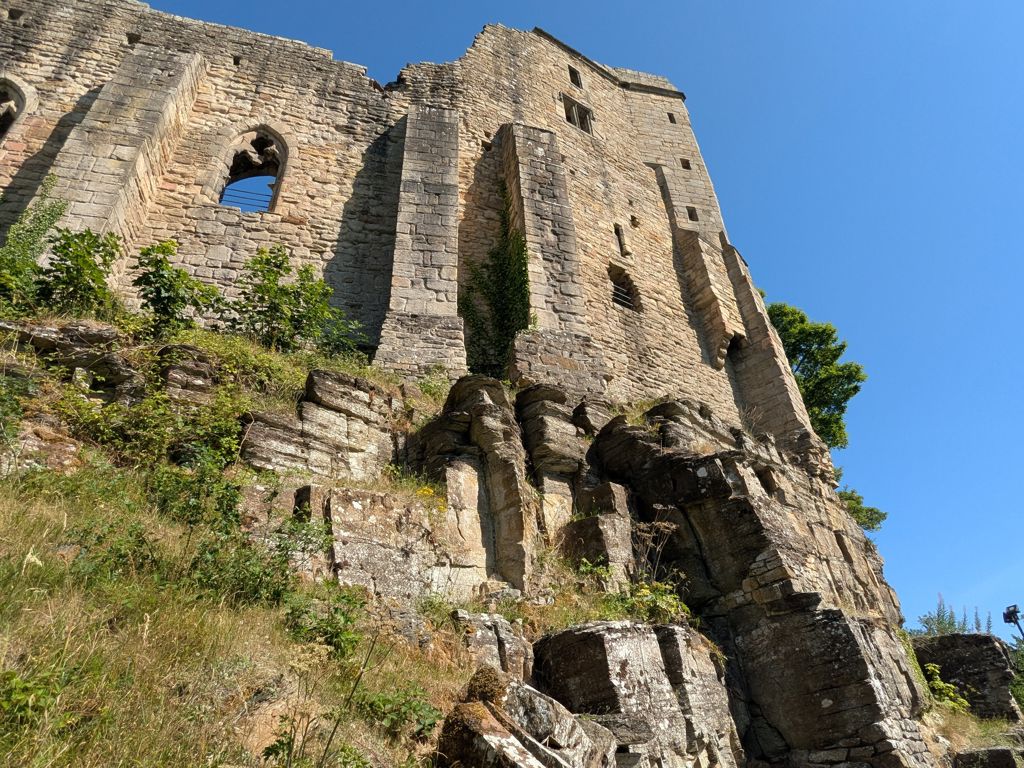
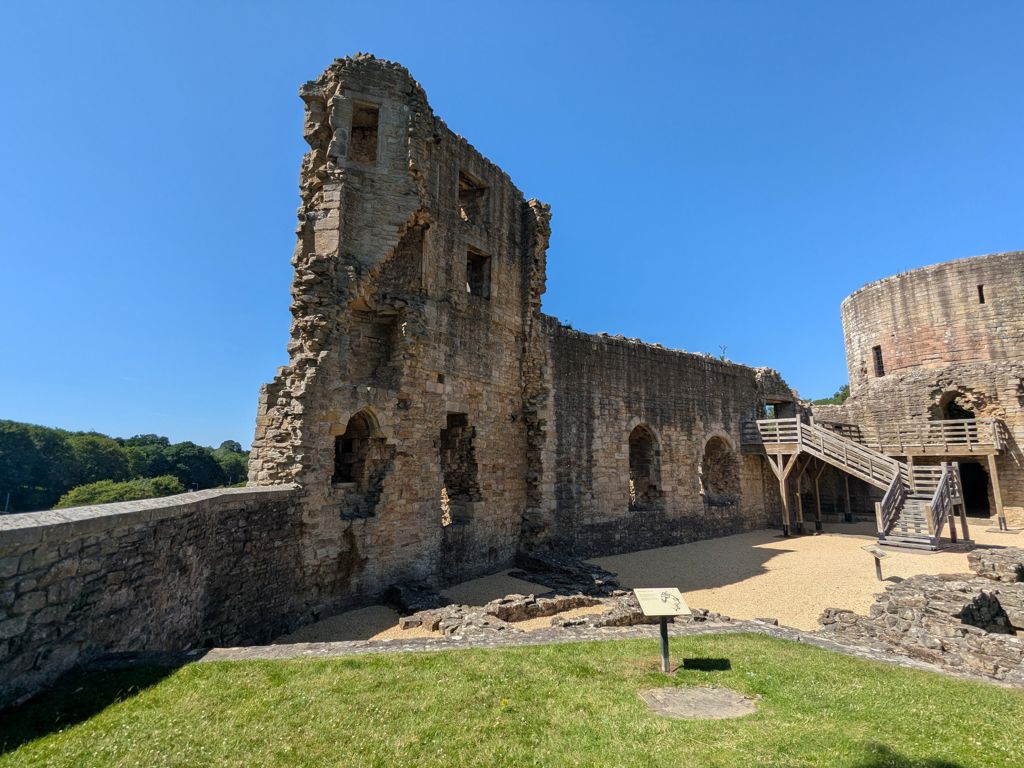
Construction
First Castle
The original castle was likely founded at the end of the 11th century by a knight called Guy de Balliol, a baron from the Picard region in northern France. Recognised for his support of King William II, who had succeeded his father William I by this point, by helping to suppress a rebellion that broke out in Normandy, France in the 1090s, Guy was granted lands in north-eastern England as a reward. One of these estates was within Teesdale; a dale that follows the river Tee south-eastward to and beyond Barnard Castle.
Perched on the highest point of a strategic plateau, the castle would have been in the form of a ringwork, made of up a circular enclosure defined by a ditch and bank. The inner ward of the subsequent castle is likely the site of this first stronghold, which would have been of timber construction primarily, with just the gatehouse made out of stone.
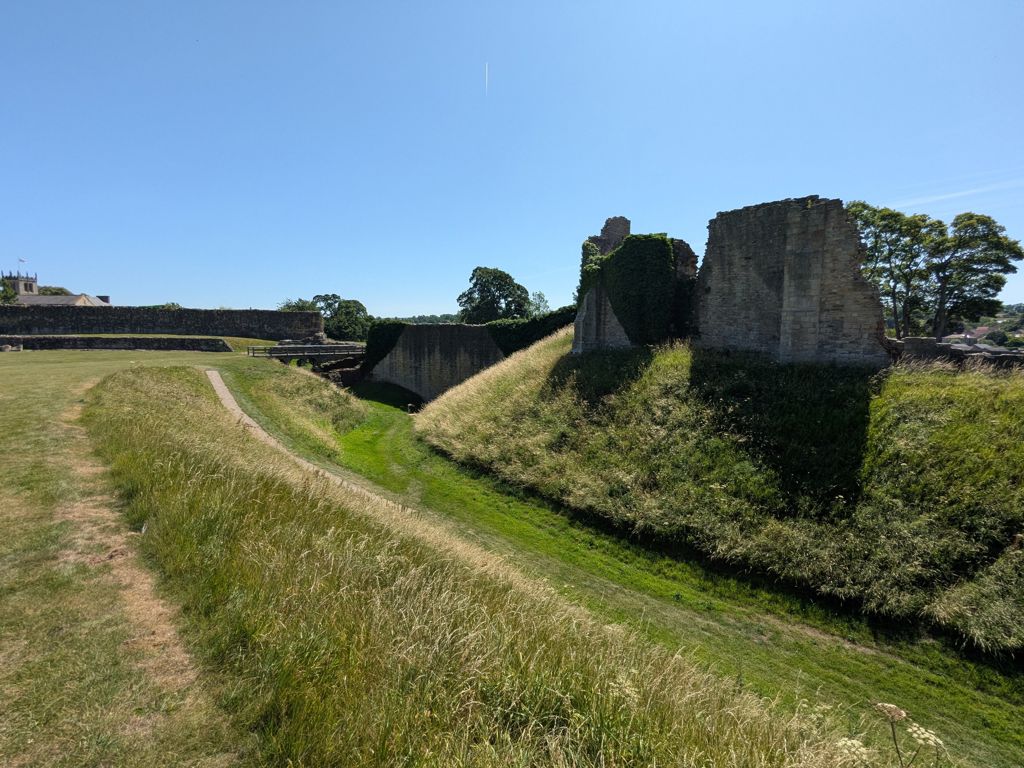
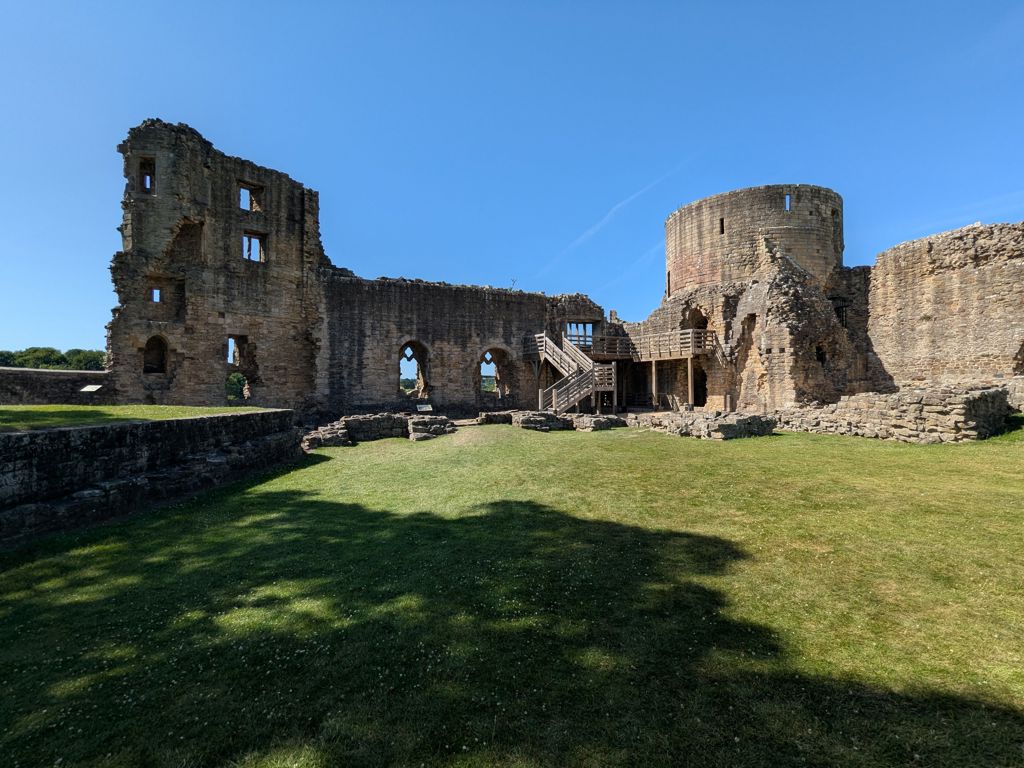
Stone Castle
After Guy’s death in or around the 1130 - 1133 period, his nephew, Bernard I de Balliol, succeeded him and obtained the estates. Despite the existence of the earlier ringwork fortification, the name of the castle and town that was developed around the castle, was established from Bernard's name.
During Bernard’s tenure, the Anarchy; a civil war that occurred in England and Normandy, had broken out. The cause was due to a dispute for the Crown after Henry I’s death in 1135. Henry’s only legitimate son, William Adelin, had previously died when he drowned in the White Ship disaster of 1120, so Henry had wanted his daughter, Empress Matilda, to succeed him. However after Henry’s death, his nephew Stephen of Blois seized the throne.
David I of Scotland saw the opportunity to capitalise on the turbulent situation, seizing control over northern parts of England. Bernard sided with King Stephen and helped defeat the Scotts at the Battle of the Standard in 1138. But three years later in 1141 at the Battle of Lincoln, where forces of King Stephen met forces loyal to Matilda, Stephen was defeated and Bernard along with the King and other key figures were captured.

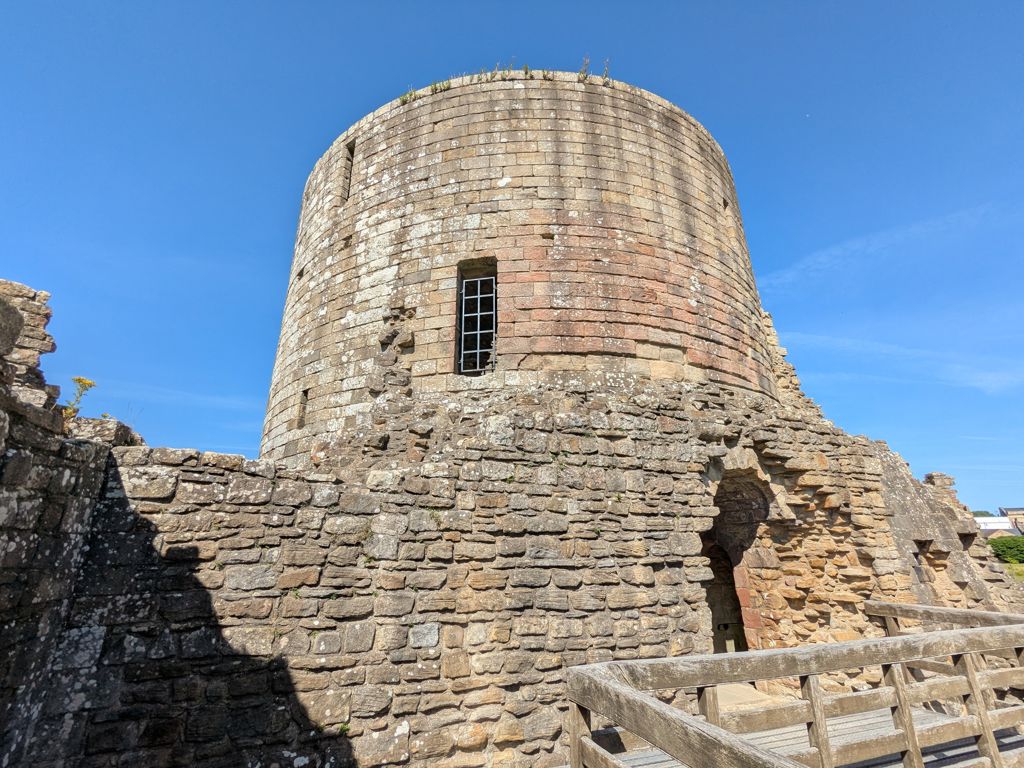
It was during this time of unrest when Bernard began to rebuild the castle in stone, expanding its area. He died sometime in the 2nd half of the 1150s and was succeeded by the second of four sons, Guy who in turn was succeeded by the last of the four sons, Bernard II. Bernard II was likely responsible for much of the significant construction which survives as remains today. This includes the Town Ward, Middle Ward, North Gate, Brackenbury Tower and Constable Tower. Barnard II didn’t have any children, so his cousin Eustace de Helicourt was named as heir. Barnard II died in 1190 and Eustace succeeded him, taking the Balliol name and becoming Eustace de Balliol.
Documents suggest that the cost of all of this modernisation put the estate in financial difficulties, and As a result the Bishop of Durham, briefly held the estate as security for providing financial assistance.
In around 1205, Hugh de Balliol, the son of Eustace, inherited the castle. Hugh continued the modernisation and was likely responsible for developments in the inner ward, including the rebuilding of the Great Hall and adding the Great Chamber block and Round Tower. Hugh was an advocate of King John and in early 1216, during the First Barons War (1215-1217), the King stayed at Barnard Castle after his campaign against the rebellious barons in the north.
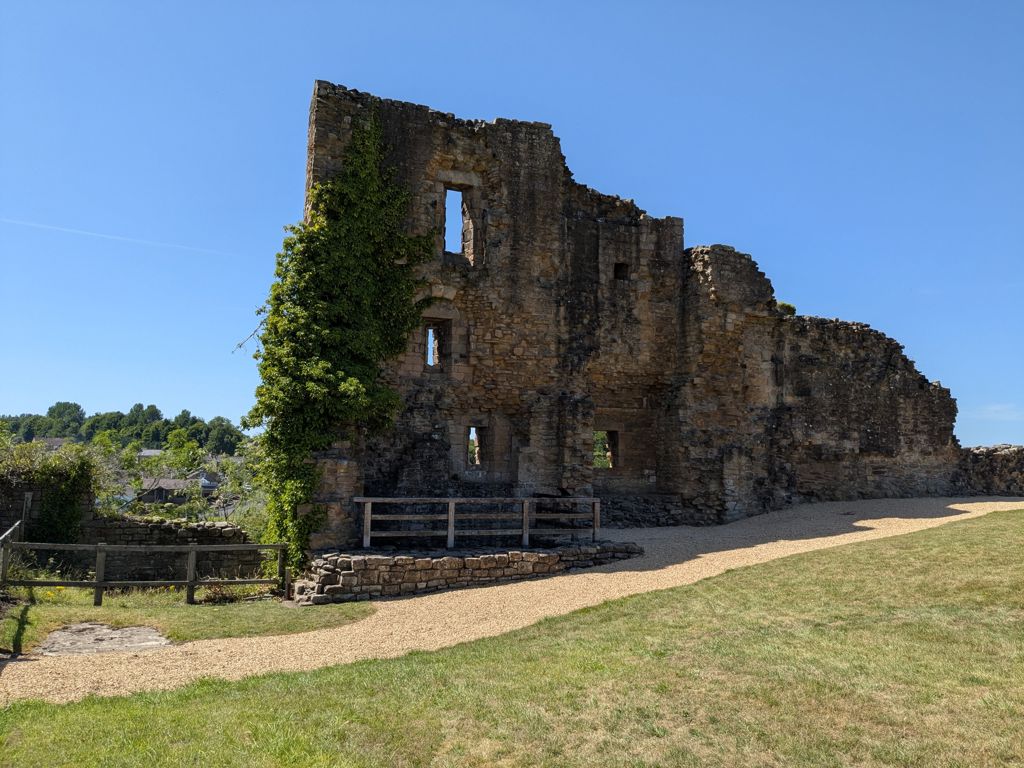
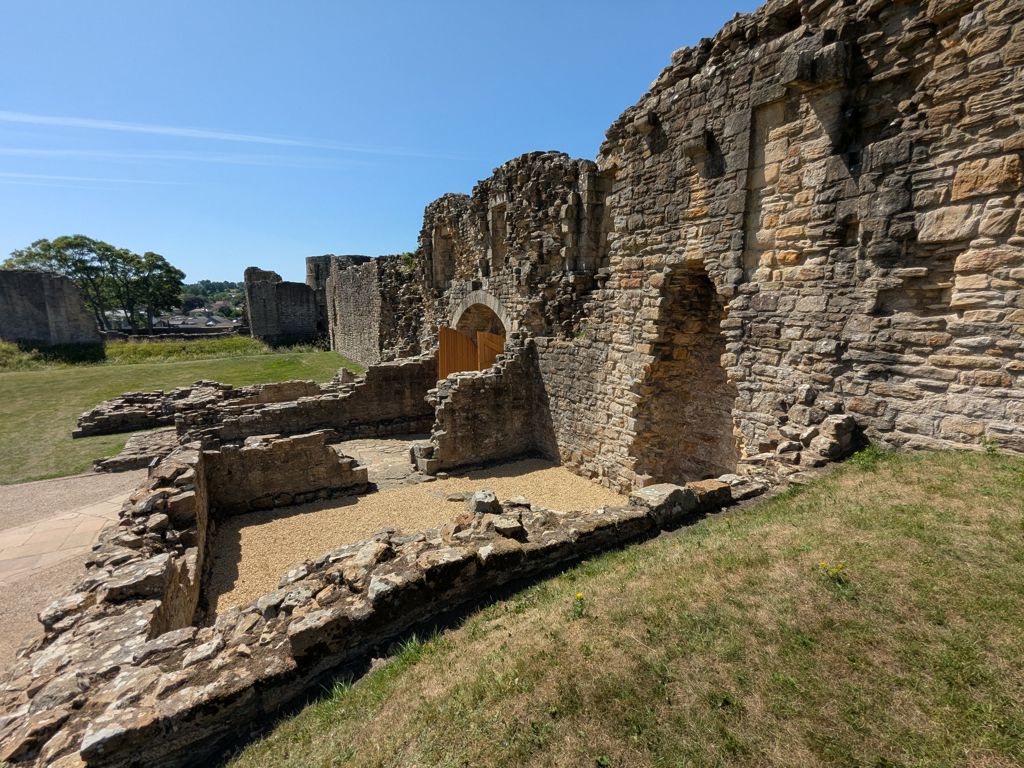
Continuing Conflict
The barons' conflict with King John continued and on the invitation of the barons, Prince Louis of France, with a French fighting force, invaded the south of England in May 1216. The rebellious barons wanted Louis to claim the Crown. In the north, the barons, joined by King Alexander II of Scotland, led an army from Scotland into England.
The northern forces laid siege to Barnard Castle. With the modernisations of Barnard Castle likely complete, the siege was not long lasting. Eustace de Vesci, brother-in-law to King Alexander II and one of the rebel leaders, got too close to the castle during the siege. He was shot with a crossbow and killed; this was a significant blow to the rebels.
King John was succeeded after his death in October 1216 by his nine year old son Henry III, through regent William Marshall. Many that had opposed the unpopular King John switched their allegiance to Henry. This ultimately resulted in the end of the first Baron’s War, as the peace Treaty of Lambeth (1217) was signed by Prince Louis after losing a series of battles.
Hugh de Balliol died in 1229 with his son John I de Balliol succeeding him. Like his ancestors, John I was loyal to the Crown and held posts under Henry III. John I de Balliol died and his son John II de Balliol took lordship.
Through his mother, Dervorguilla of Galloway, John II descended from Scottish royal lines (being the great-great-great-grandson of David I). In 1286 Alexander III of Scotland died and his heir and granddaughter Margaret (known as the Maid of Norway) died a few years later in 1290 at the age of just 7 and before she was actually crowned. This left a vacancy for the Scottish throne which was contested by several claimants, with John II de Balliol being one. Before proceedings could get underway, King Edward I of England insisted that he be recognised as Lord Paramount of Scotland. Eventually the claimants accepted the terms and eventually the decision was made in favour of John, who became King of Scotland in 1292.
John’s reign was relatively short lived though. In 1296 he signed a mutual assistance treaty with France, due to Edward’s assertion of authority over Scotland. Edward retaliated by invading Scotland and ultimately defeating John. John was captured, abdicated and imprisoned in the Tower of London, and his estates in England were taken away from him, including the Barnard Castle estate.
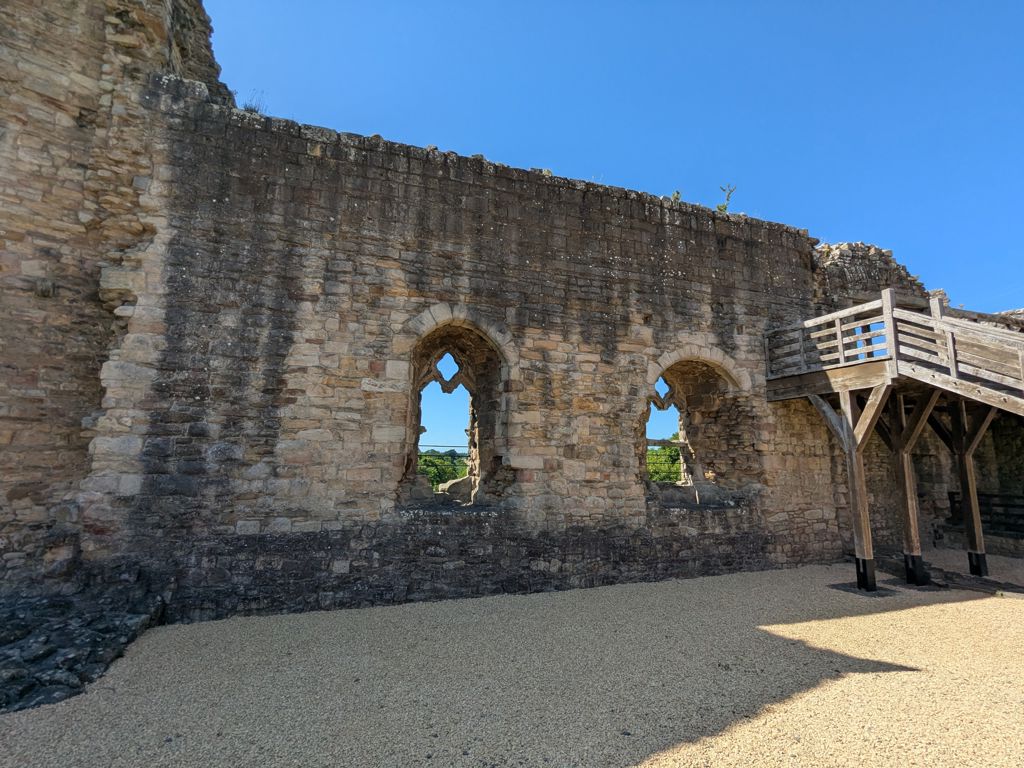
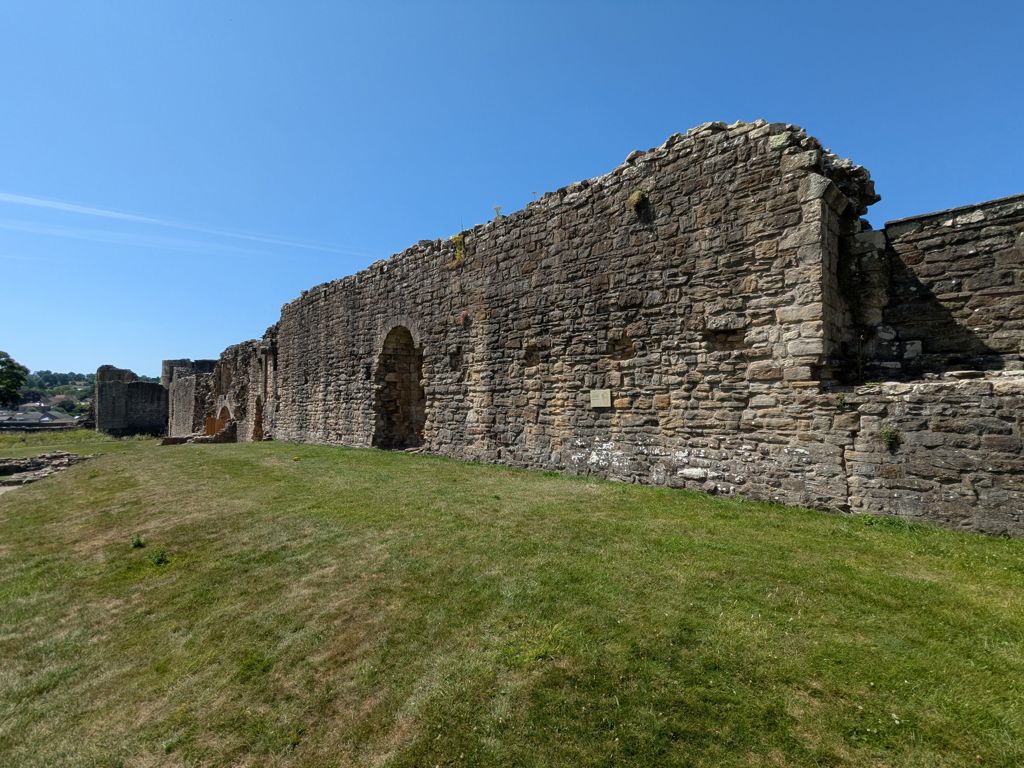
The Earls of Warwick
In the early 1300s, Edward granted the castle to Guy de Beauchamp, the 10th Earl of Warwick. When Guy died in 1315, his son and heir Thomas was only two years old, so King Edward II placed John le Irreys in charge of Barnard Castle. In 1329 when Thomas was around 16, he received the estate and went about rebuilding for the 2nd time the great hall, and improving the services buildings in the inner ward, including the kitchens.
The castle was passed down the family line, from Thomas to his son also called Thomas, then onto his son Richard. However Richard’s son Henry was only 14 when his father died in 1439, so the estate was passed back into the hands of the Crown once again.
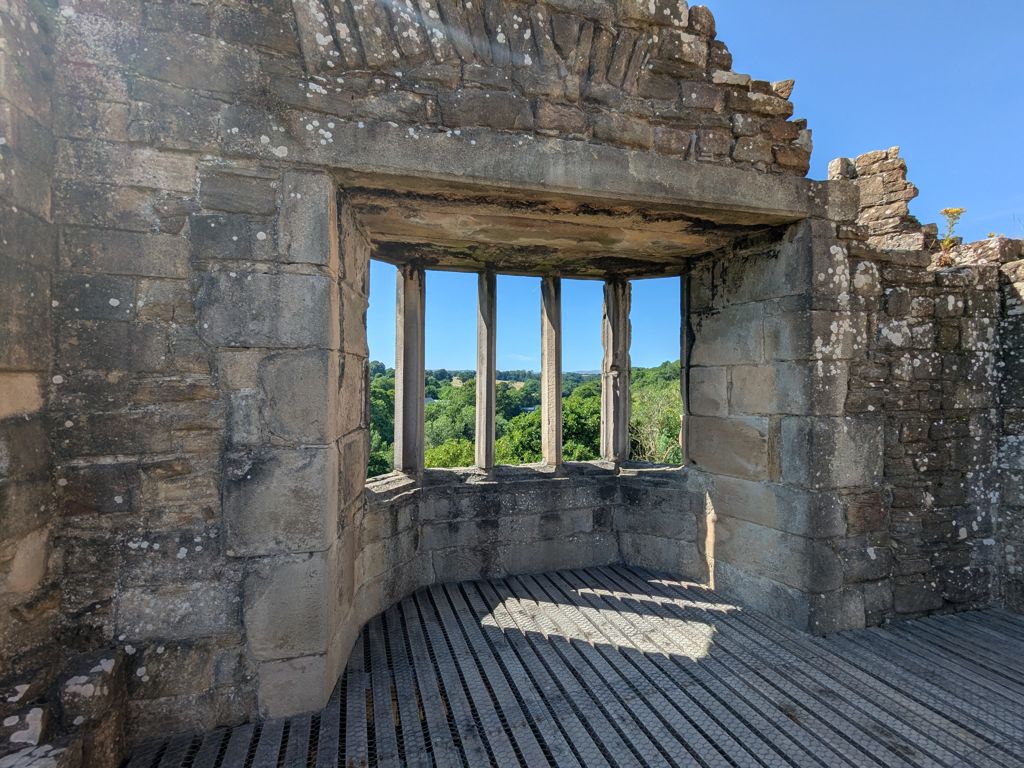
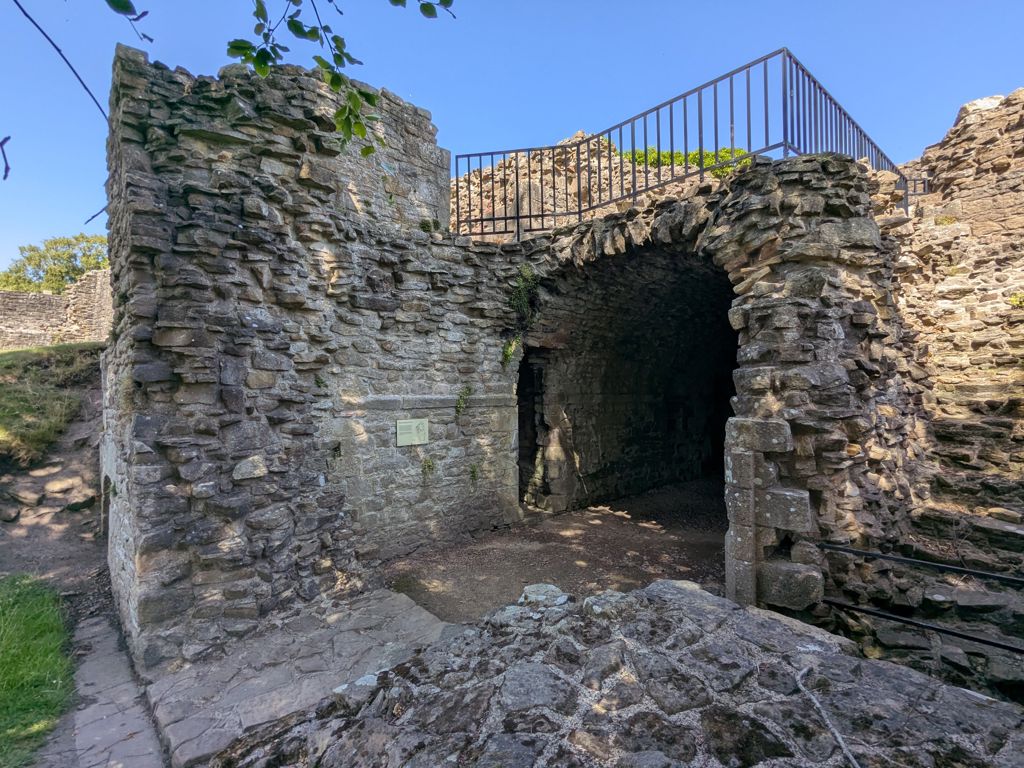
The Neville Family
Henry came of age in 1445 but died just one year later, and his only child and heir Anne, also died just a few months later. As a result, the estates of the Beauchamp family passed onto Henry’s sister Anne. Anne was married to Richard Neville, son of the Earl of Salisbury and went on to become the 16th Earl of Warwick. Richard was also later dubbed ‘the Kingmaker’ due to his significance in the Wars of the Roses, using his wealth and influence to raise and remove kings. He initially supported the Yorkists, aiding Edward IV to be crowned King of England, but later in the conflict switched sides to support the Lancastrian side and the restoration of Henry VI’s reign.
Richard was killed in the Battle of Barnet in 1471 and with no sons or heirs, his inheritance was divided between Edward IV’s brothers. One of the brothers, Richard Plantagenet, Duke of Gloucester, who’d later go on to become King Richard III, married Anne Neville the daughter of Richard Neville. This opened up part of the Beauchamp inheritance to the Duke, which included Barnard Castle.
He took a distinct interest in Barnard Castle and began a series of repairs and modifications to parts of the inner ward’s great hall, living spaces and Mortham and Round towers. One remaining piece of evidence of Richard’s updates to the castle can be found in the great chamber where a boar is carved into a lintel of a window.
As king, Richard was killed in 1485 at the Battle of Bosworth where his forces were defeated by Henry Tudor. Henry was crowned king (as Henry VII) and with Richard’s wife and son already dead, it was Richard’s mother-in-law (widow of Richard Neville) that asked Henry to return the Beauchamp estates. Some were, but only on the agreement that the remaining majority would be inherited by the Crown, which included Barnard Castle.
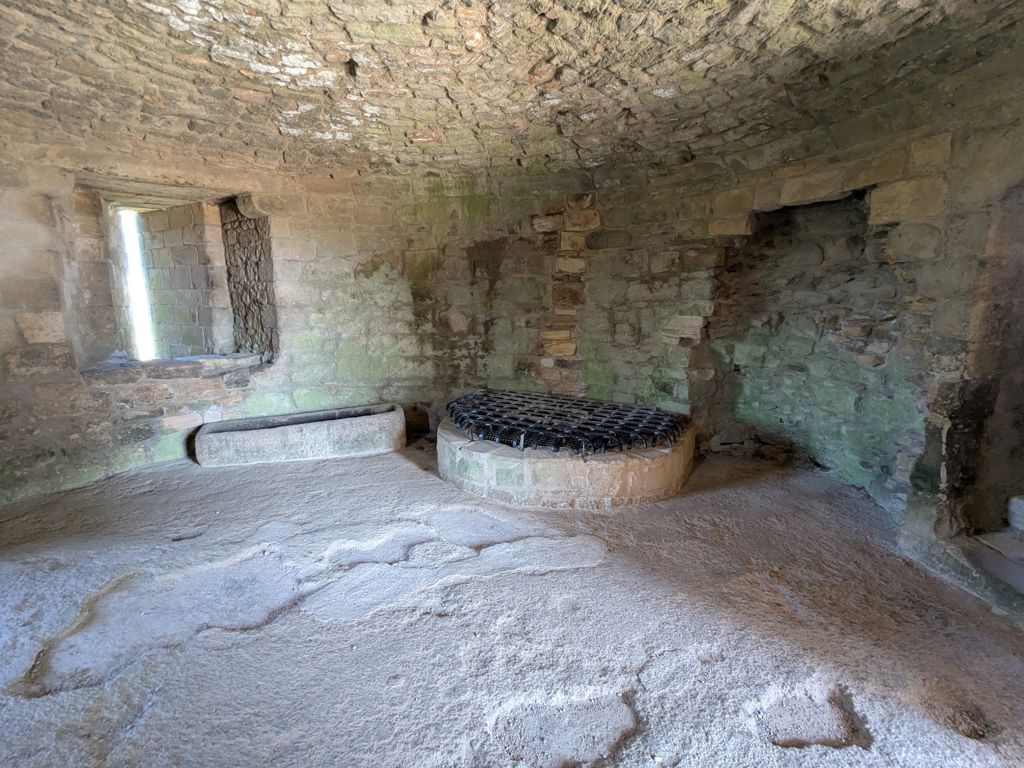
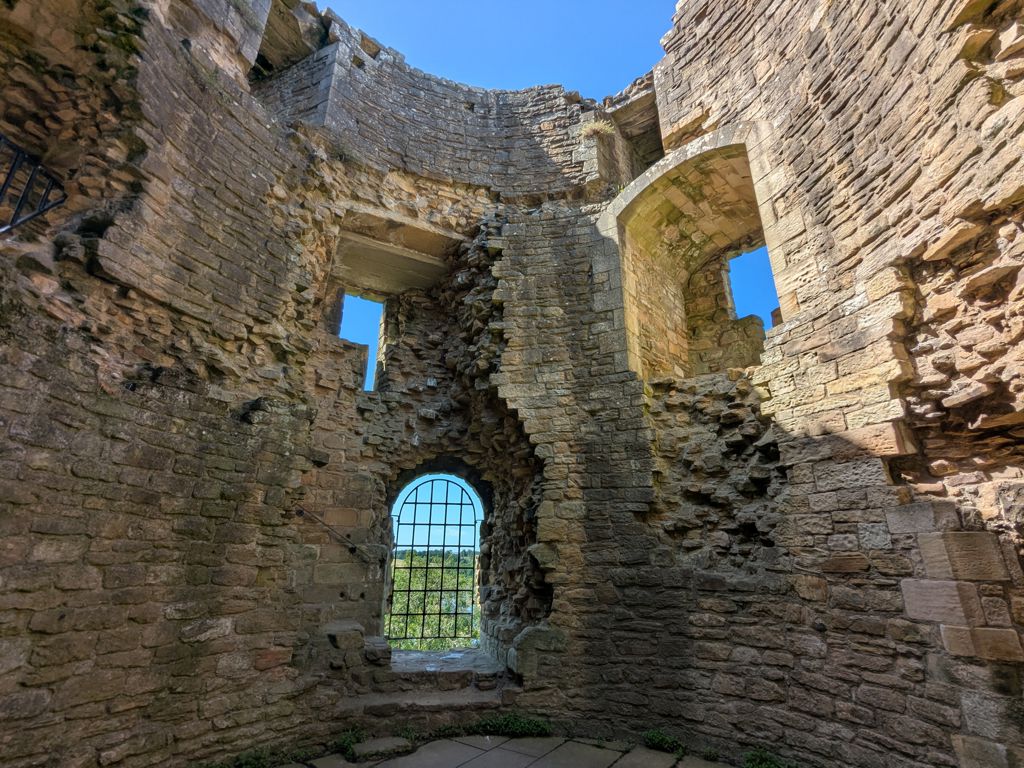
The Bowes Family
With the castle in the hands of the Crown, a series of individuals were bought in as keepers. First was Sir Robert Bowes in 1536, during the unrest against Henry VIII caused by his religious reforms and the the dissolution of the monasteries. Robert was not a stern supporter of either side and initially joined the rebel cause by surrendering Barnard Castle without any resistance. His allegiance changed though as he reverted back to supporting the king which restored royal control of the area.
The next keeper was Sir George Bowes, nephew of Sir Robert. Unlike his uncle, Sir George did stand as a supporter of the Crown. In 1569 the castle was besieged during the Rising of the North - the attempt made by Catholic nobles from Northern England to remove Queen Elizabeth I and replace her with Mary, Queen of Scots. Sir George attempted to hold the castle in support of Elizabeth but his garrison of around 700 men was heavily outnumbered by the 5000 strong attacking force, led by leaders Charles Neville and Thomas Percy.
First the outer walls were breached which allowed the rebels to capture the outer bailey, and then the Town Ward fell. This left Sir George and his garrison restricted to the inner ward which eventually led Sir George to surrender.
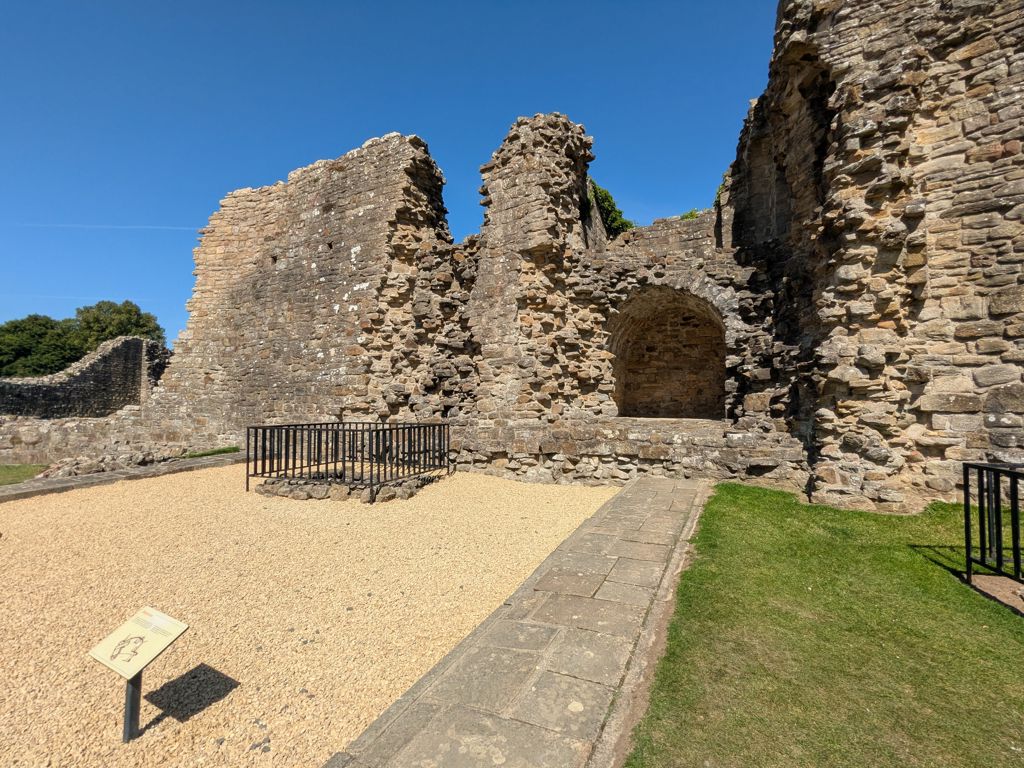
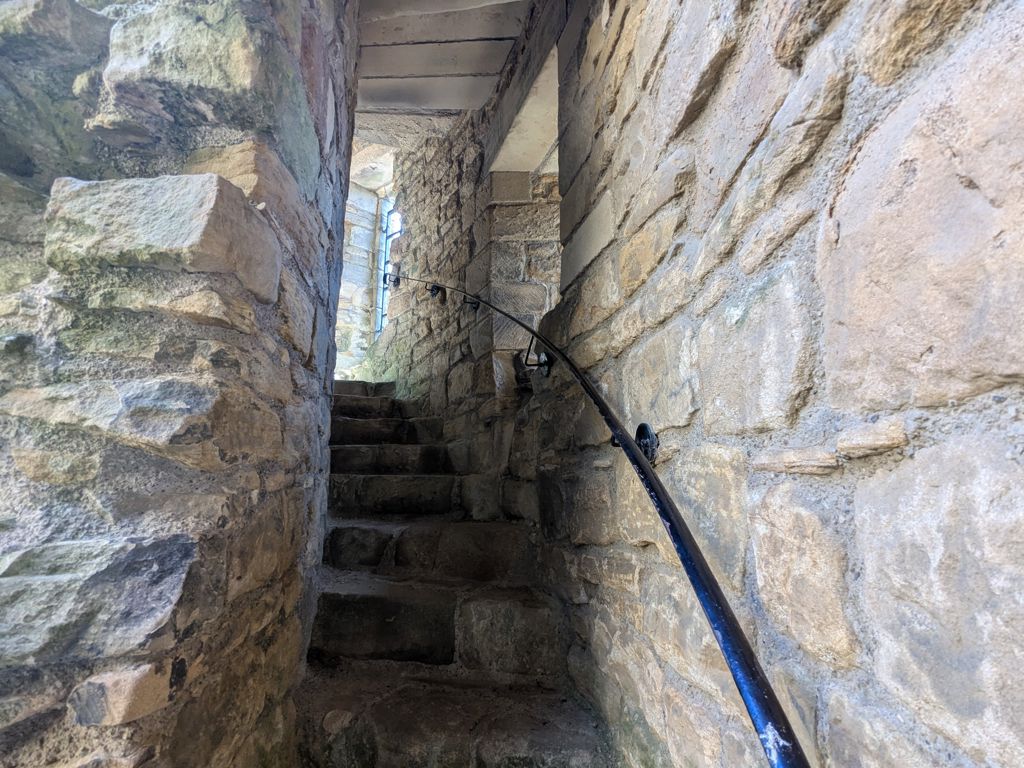
Decline
The damage from the siege of 1569 was extensive and some 30 years later it was reported that no repairs had been made, and in fact the walls had deteriorated further with some collapsing. The castle stayed in the hands of the Crown until 1603 when King James I granted it to Robert Carr, who would become the Earl of Somerset.
After Robert, the castle was handed over to Sir Henry Vane and unfortunately under his tenure the decline continued. Henry began to dismantle the castle so he could use the materials to repair the nearby Raby Castle which was his primary seat.
By the early half of the 18th century the castle was described as in a ruinous state, so much so that it could no longer be used as a military stronghold and never saw any use during any of the conflicts that followed. Instead it started gaining visitors, becoming more of a destination for tourists by the early 19th century.
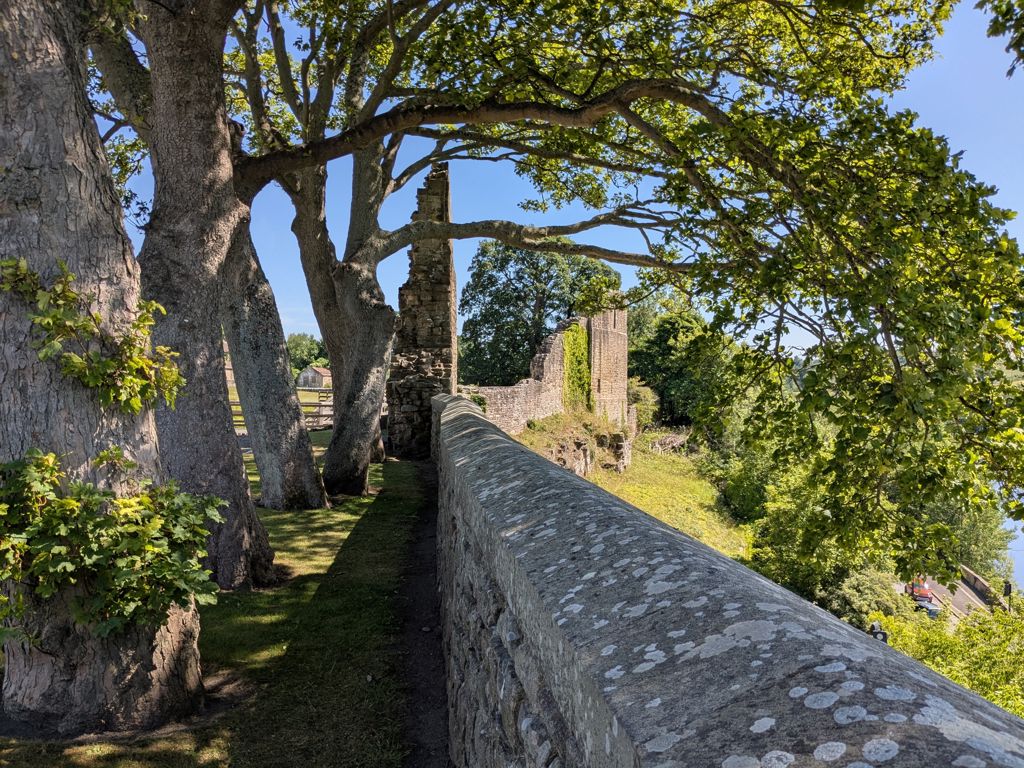
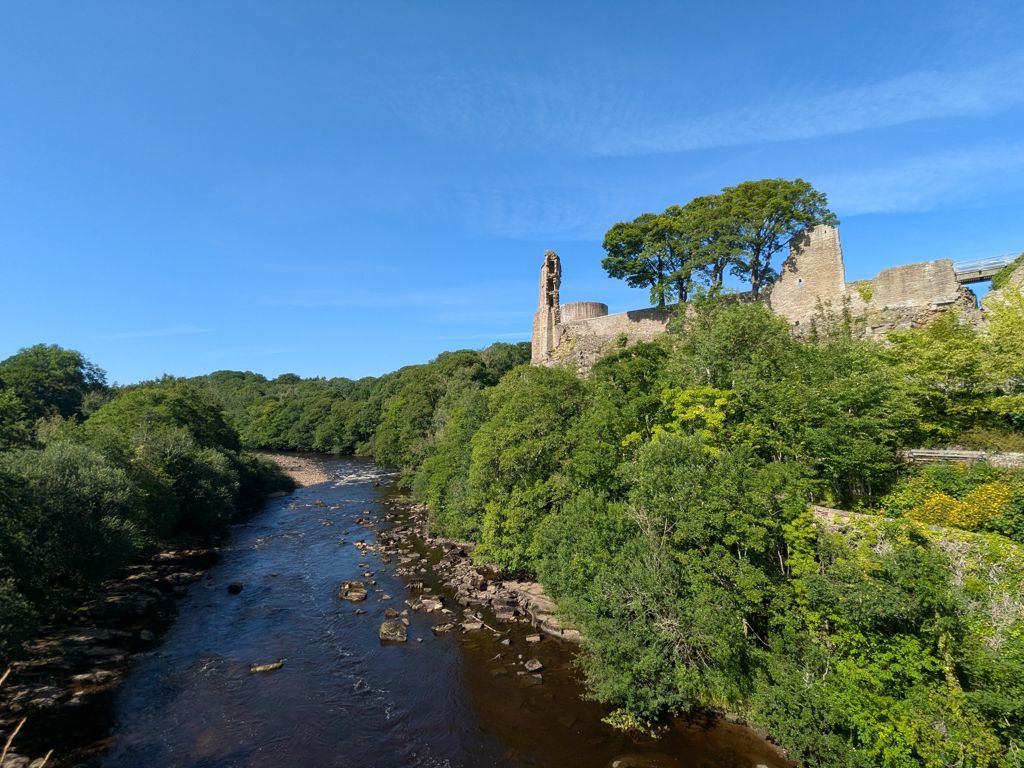
Later History
The Vane family continued to hold onto Barnard Castle and in 1896 put some resources into carrying out some repairs due to some fairly extreme windy conditions which caused debris to fall. Further restoration work occurred in the early part of the 20th century when repairs were carried out on the Round Tower and Brackenbury Tower.
In 1952, the castle was placed under the care of the Ministry of Works and then subsequently English Heritage who continue to manage the site today. The castle is open to the public with a visitor fee.
